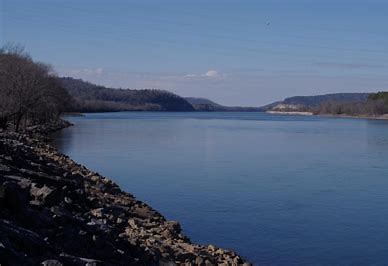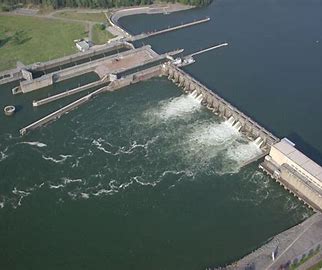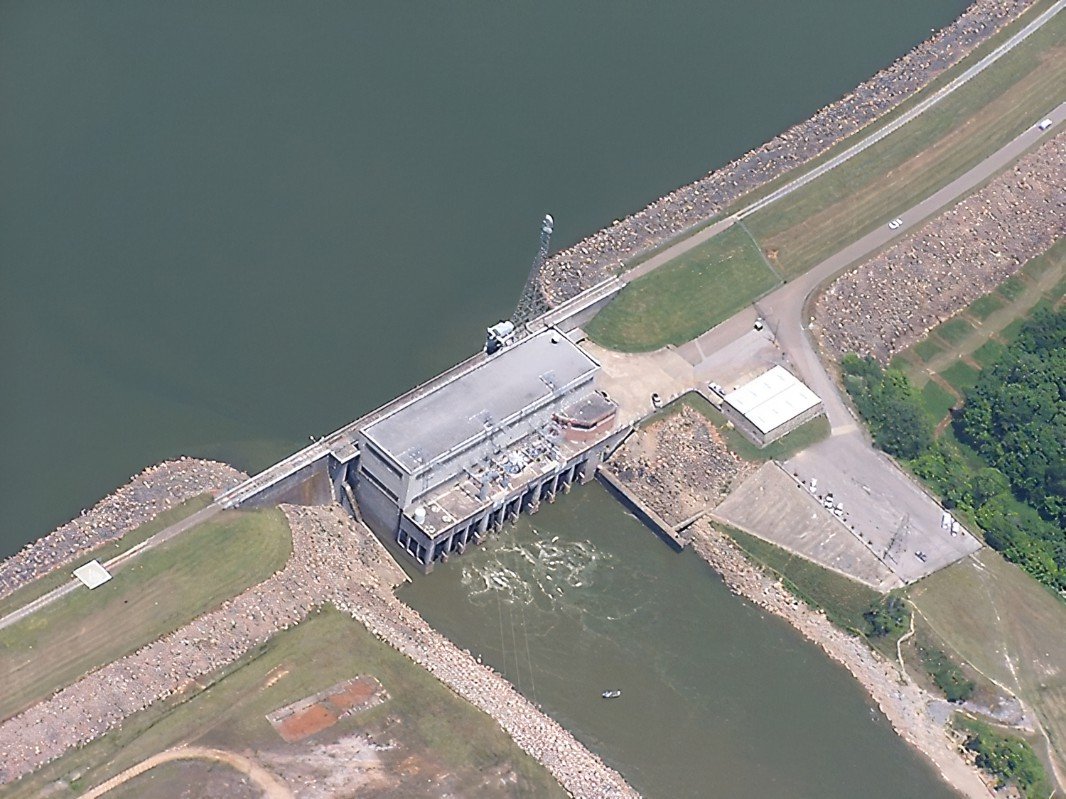The Lewis Smith Dam and Lake
The Lewis Smith Dam and Lake is one of the most popular attractions in the State of Alabama for one simple reason: its location.
Located in portions of Cullman, Walker, and Winston Counties, it sets in the north-central part of the State, making it very close to both Birmingham and Huntsville.
The Lake was made in the year 1961 by the Alabama Power Company, by the creation of the Lewis Smith Dam.
This Dam had two very specific reasons for being built.
The first was to produce hydroelectric power for the area, and the second was to improve the river traffic conditions on the Sipsey Fork of the Black Warrior River.
However, it was also built to provide recreational opportunities for this fast-growing region of the State.
The Black Warrior River has been, for over a century, a very important waterway for both commerce as well as transportation in the western part of the State.
However, for almost all of the 19th century, the erratic water levels as well as the rocky shoals in that area, have been an issue.
They were so bad at times, that they prevented most all commercial river traffic above the Tuscaloosa area.
Construction of The Lewis Smith Dam and Lake
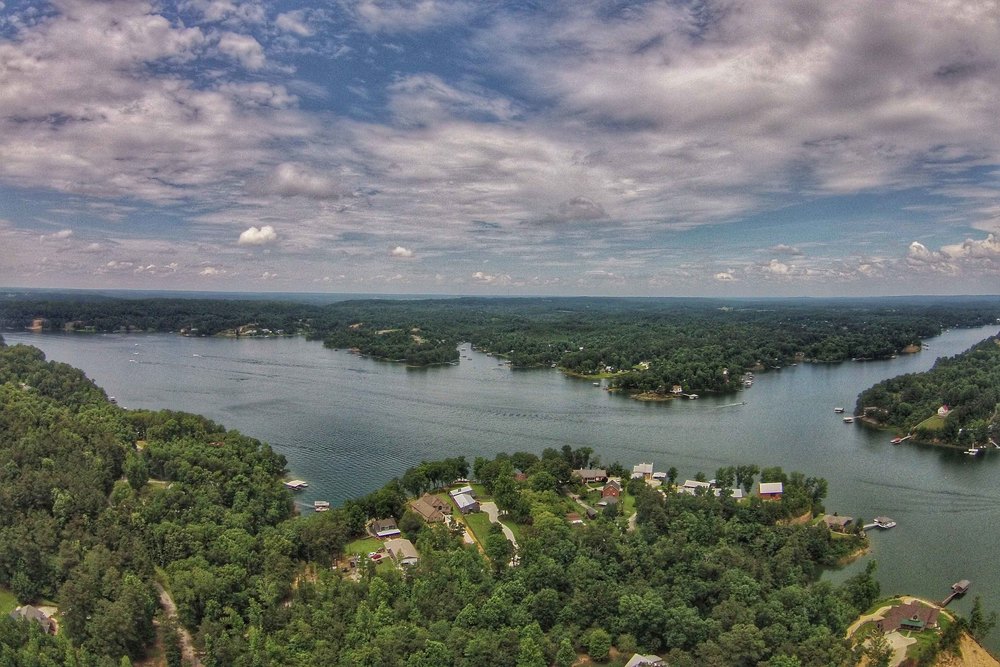 Overhead View of Lewis Smith Dam and Lake
Overhead View of Lewis Smith Dam and LakeThe construction of the Lewis Smith Dam and Lake started on November 25, 1957, and was formally dedicated on May 23, 1961.
It was named after the President of the Alabama Power Company at the time, Mr. Lewis M. Smith.
It is an earth-and rock-filled dam and is 2,200 feet long and 300 feet tall.
It is considered to be one of the largest dams of its type in the entire eastern part of the country, with a base of over a quarter of a mile wide.
There is a high-water emergency spillway that was built on the west portion of the dam, to accommodate any heavy flooding.
It was originally predicted that heavy floods would hit the area every 50 years, but that has never materialized.
As a result, the water in the lake it created has never been high enough to flow into the spillway.
The Lewis Smith Dam and Lake and its powerhouse, contains two electric generators, both of which are rated at 78,750 kilowatts.
There are two tunnels, just south of the dam, that are 26 feet in diameter and over 1900 feet in length, that allow water to reach the powerhouse.
It is estimated that the average annual electrical output from these giant generators is about 233,000 megawatt-hours, depending on the availability of water.
The Dam does not constantly generate electricity.
It only produces when peak demand requires it, or when market prices are favorable, a common policy of the Alabama Power Company.
The History of The Lewis Smith Dam and Lake
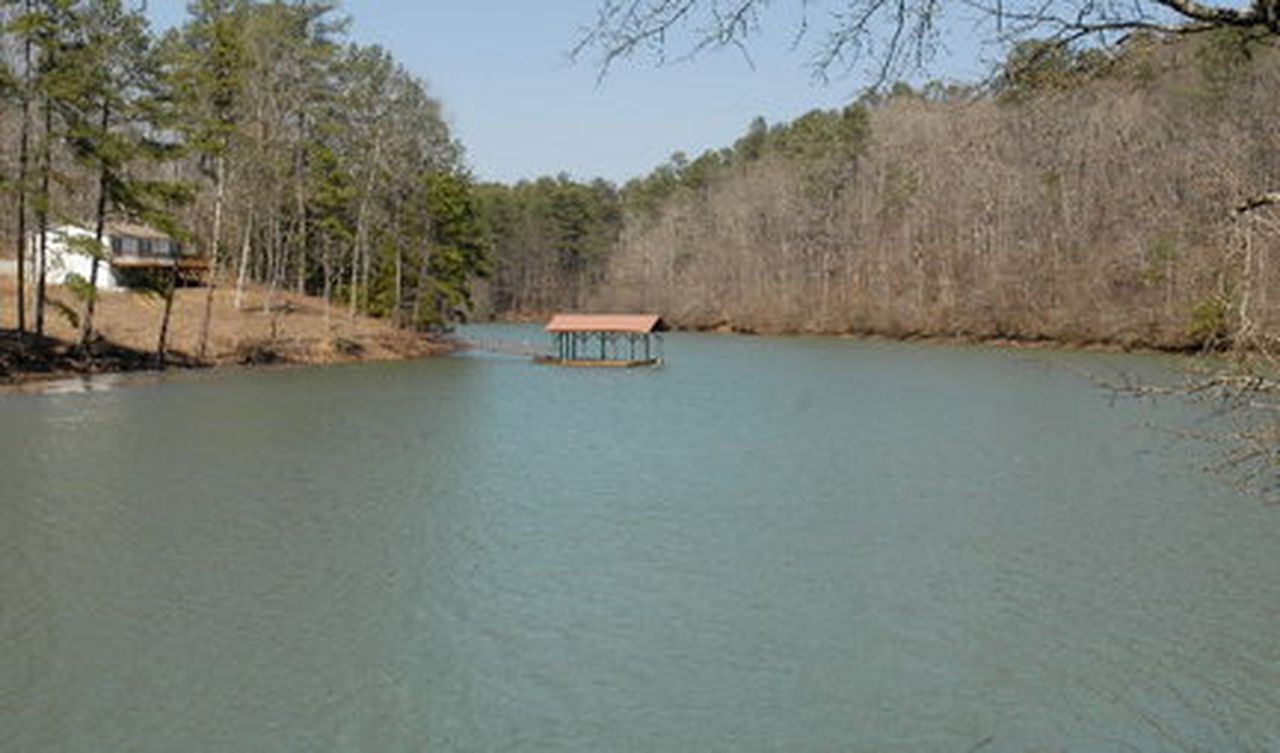 Lewis Smith Dam and Lake
Lewis Smith Dam and LakeThe history of the Lewis Smith Dam and Lake, as mentioned, centered on commerce and traffic, and coal was one of the biggest drivers.
There were and still are abundant coal deposits along the upper Warrior River, but there were also coal shortages in other parts of the south.
There were frequent shortages of the critical fuel source along the lower Mississippi, and in the Gulf States.
Because of this, the Mine and Mill owners in Birmingham as well as the west central part of the State, became worried.
They started to pressure the Federal Government to build a series of locks and dams north of Tuscaloosa, in both the late 19th century as well as the early 20th century.
This was necessary to move the coal as it was needed, but things did not work as planned.
Even after the Government lock and dams were up and operating, the lack of water during the dry periods, still restricted the flow of the barge traffic.
Finally, by the middle of the 20th century, after years of frustration, there was another discussion.
Alabama Power and the Federal Government began to discuss the numerous benefits of building both a dam and a lake.
Both would need to be built on the upper reaches of the Black Warrior, in order to provide three critical things for the area.
These three things again were electrical power, better navigation downstream, as well as new recreation assets for the people of Alabama.
This was the beginnings of the Lewis Smith Dam and Lake.
Other Challenges and Losses
However, there were still several challenges and some unknown losses that would occur.
There was a Dam on the Sipsey Fork, which would provide the much-needed drinking and industrial water for homes and businesses in the area.
On July 27, 1954, The Alabama Power Company filed an application, this time with the Federal Power Commission.
This was to construct hydroelectric projects on the Warrior River, that included a proposed Dam and Powerhouse.
This was to be on the Sipsey Fork tributary, which is about 15 miles east of the town of Jasper.
The projected flood zone in this area was sparsely populated, but there was one issue.
There was a pair of waterfalls called Clear Creek Falls, that had been an extremely popular recreation spot for generations.
In the year 1853, a post office was established near these popular falls, and a small village was developed, known as Falls City.
However, contrary to some peoples claims, it was on the decline way before the construction of the Lewis Smith Dam and Lake.
Because of its very remote location, the town had severally dwindled in size, and in 1953, the Post Office was closed.
To this day, it is still unclear on how many families were displaced by the Dam, but Alabama Power was very fair to the residents that remained.
They bought them out and also moved 78 graves that were located there, from four different cemeteries in the Dam’s flood zone.
The “Lake” at the Lewis Smith Dam and Lake
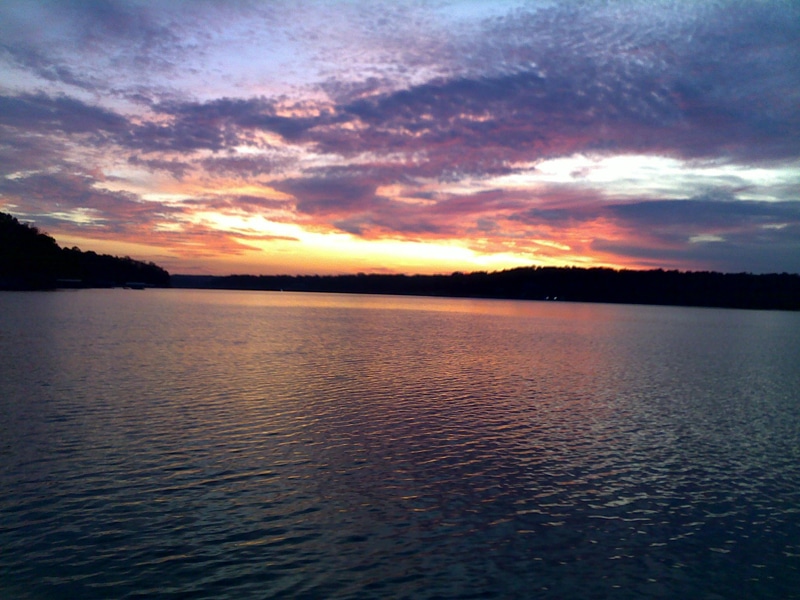 Sunset at Lewis Smith Dam and Lake
Sunset at Lewis Smith Dam and LakeThe beautiful Lake that is located by the creation of the Lewis Smith Dam, is 35 miles long and has a whopping 500 miles of shoreline.
It has a maximum depth of about 260 feet, is estimated to be 21,200 acres, and is the home to professional fishing tournaments.
In recent years, there has been professional bass fishing tournaments, for largemouth bass, striped, white, as well as spotted bass.
However, there are also numerous other species located there, including black and white crappie, bluegill, as well as catfish.
Because of the size of this gorgeous lake, since the 1980’s, there have been numerous homes built along it’s shorelines.
If you and your family have not yet visited the Lewis Smith Dam and Lake area, you are in for a very pleasant surprise.
References
https://encyclopediaofalabama.org/article/lewis-smith-dam-and-lake/
https://www.smithlakeal.com/about-smith-lake

Alabama Gift Store
Numerous Items for You and Your Family to Enjoy
See it here at the Gift Store
Copyright 2019-2023 Alabamabackroads.com
All Rights Reserved
